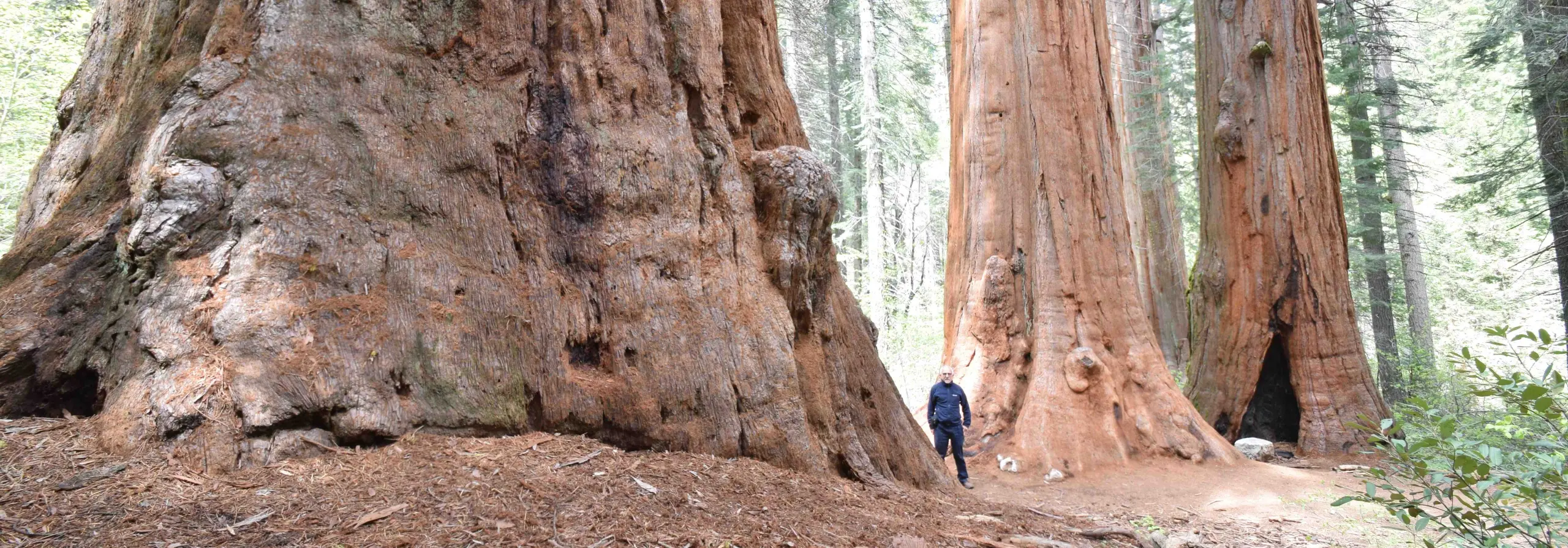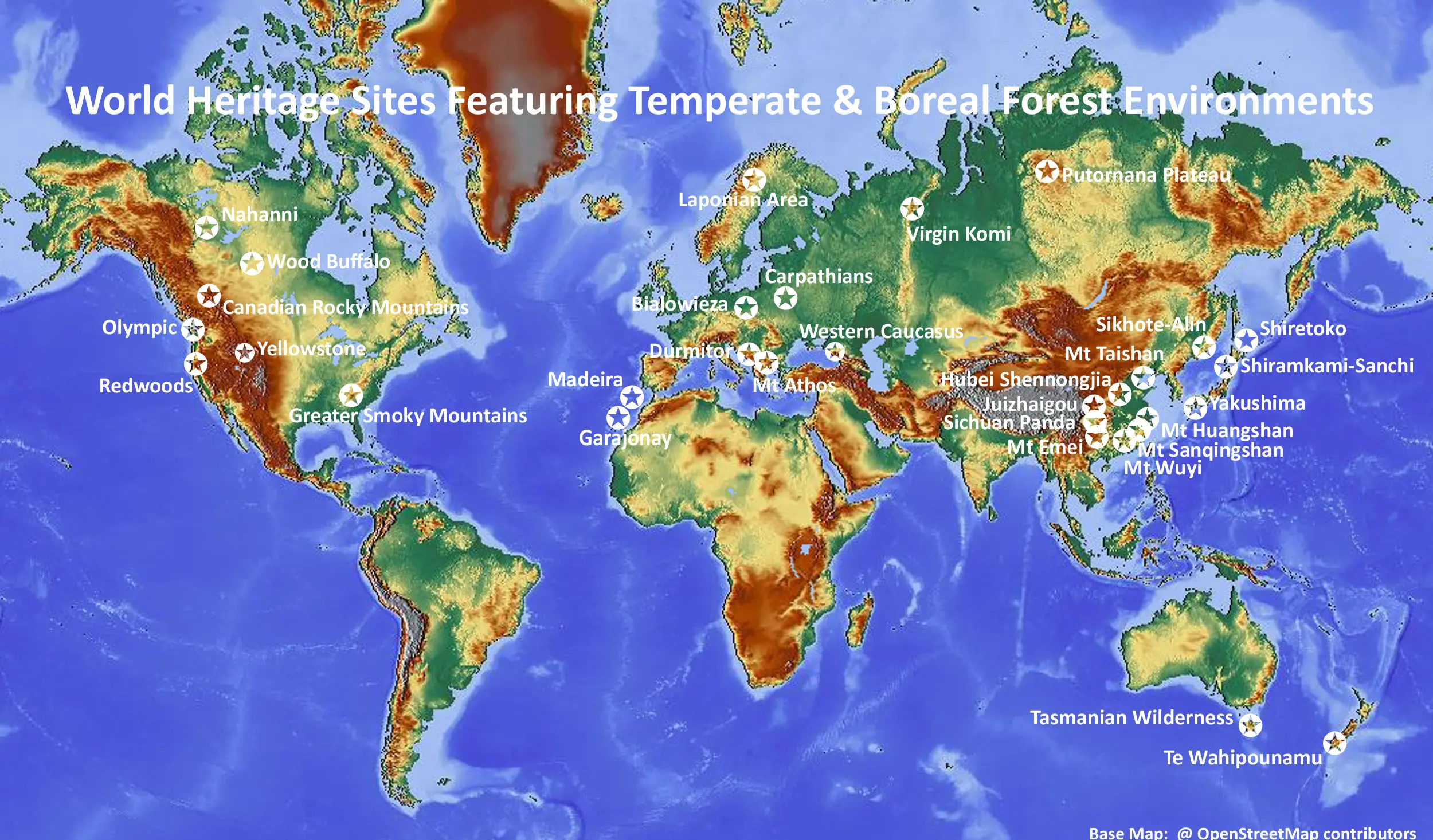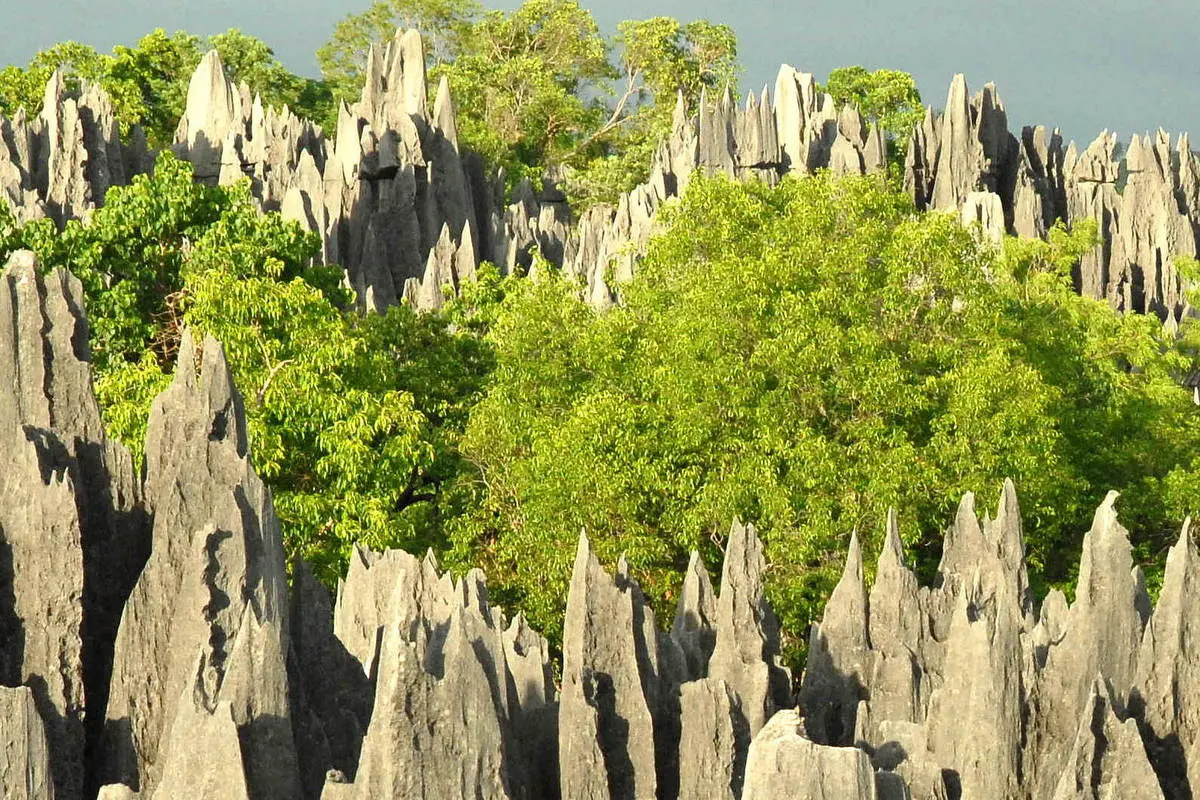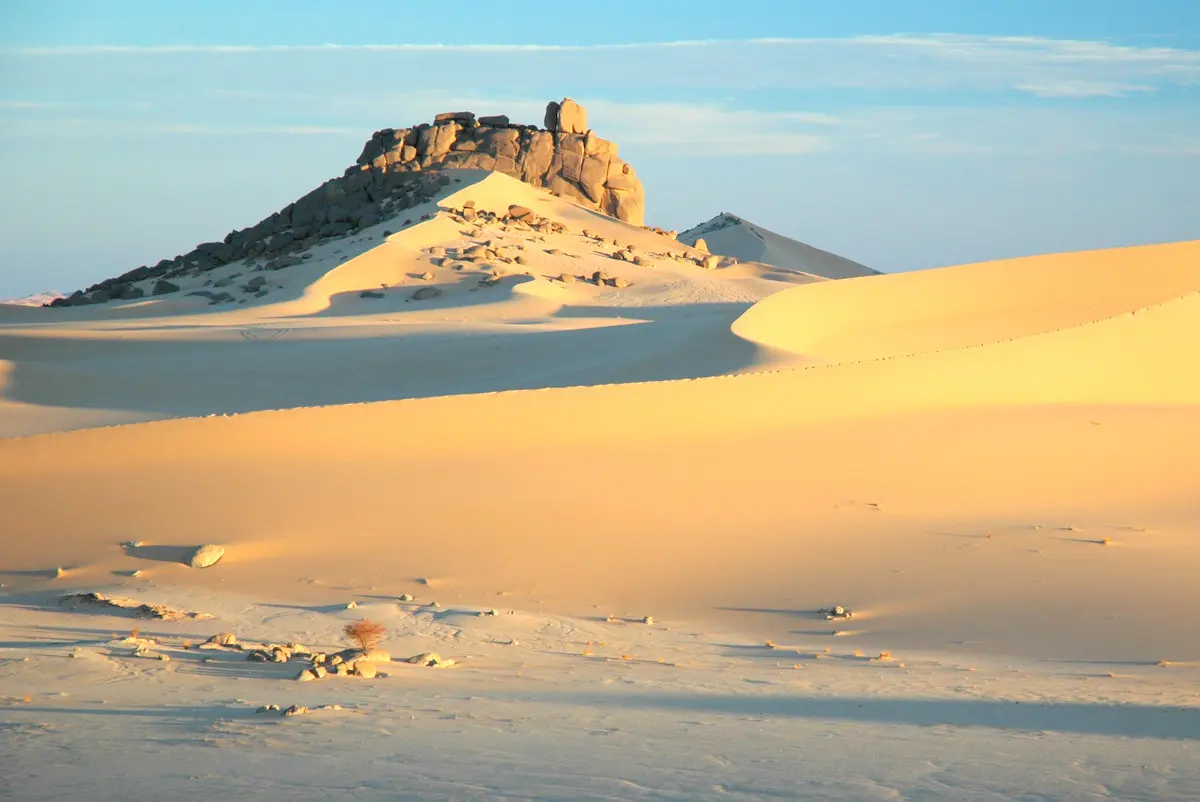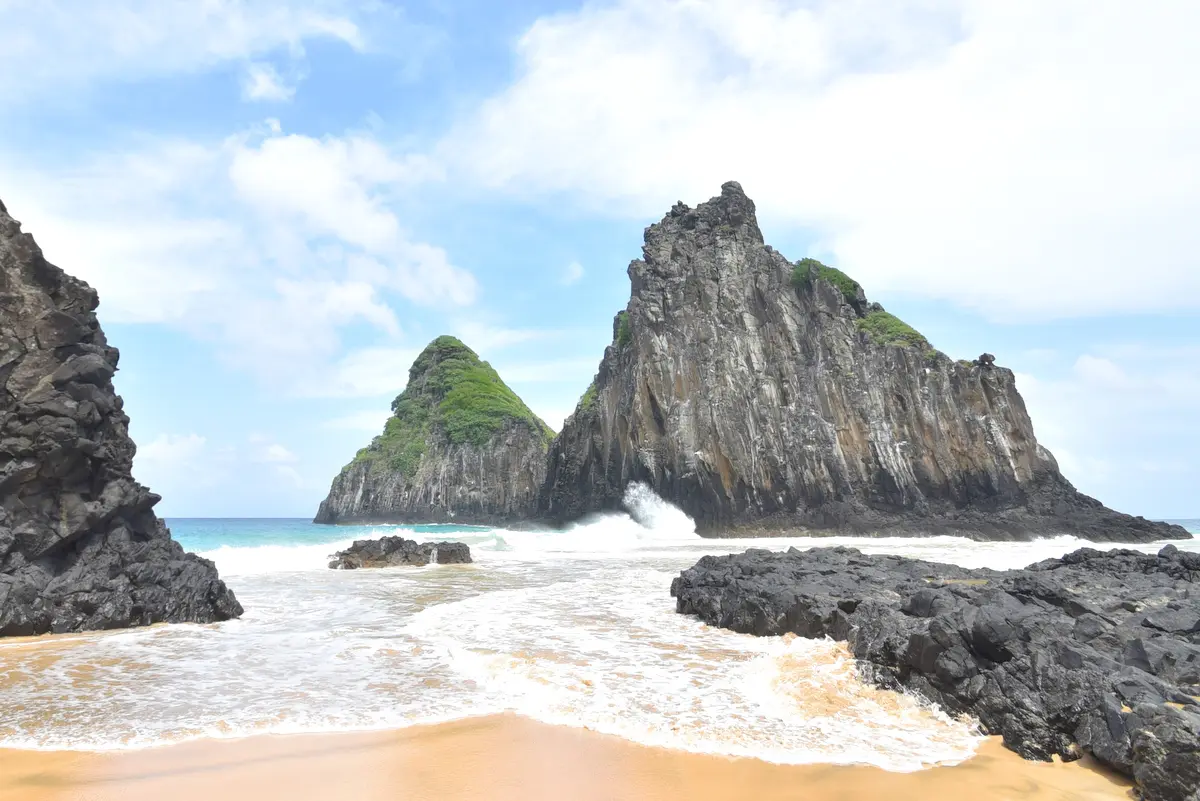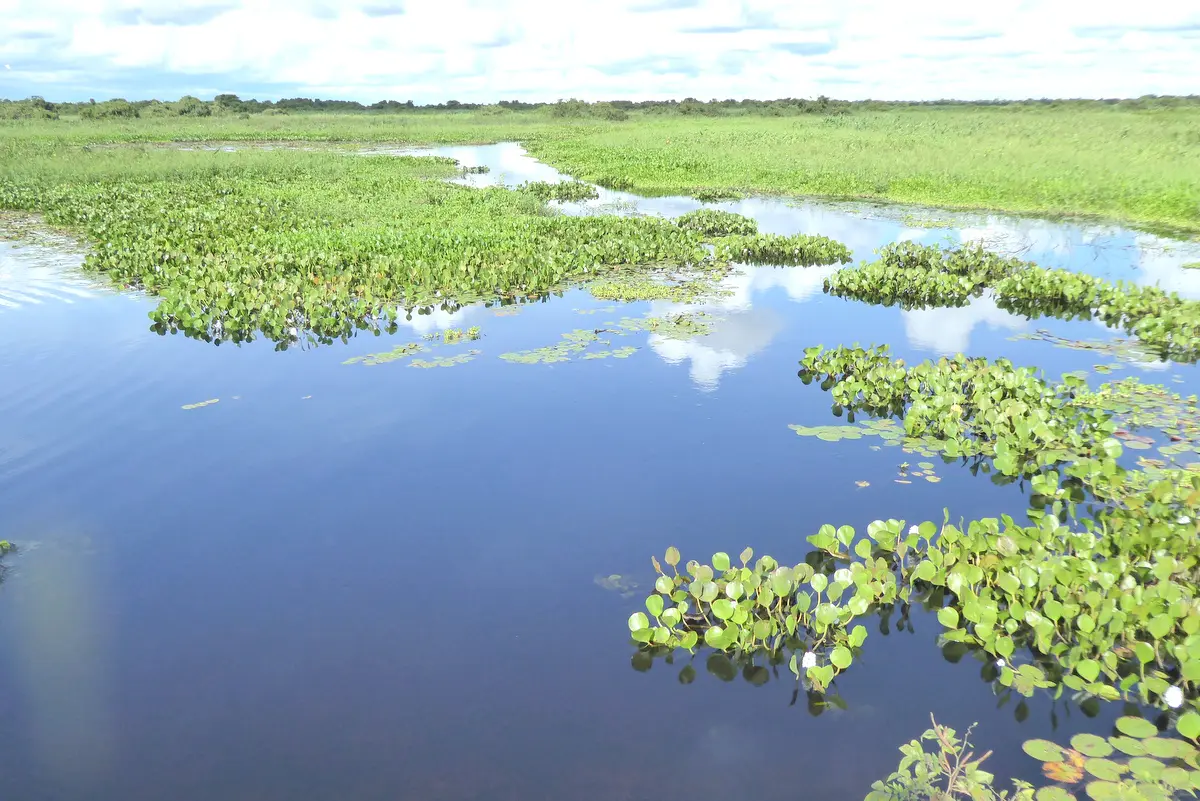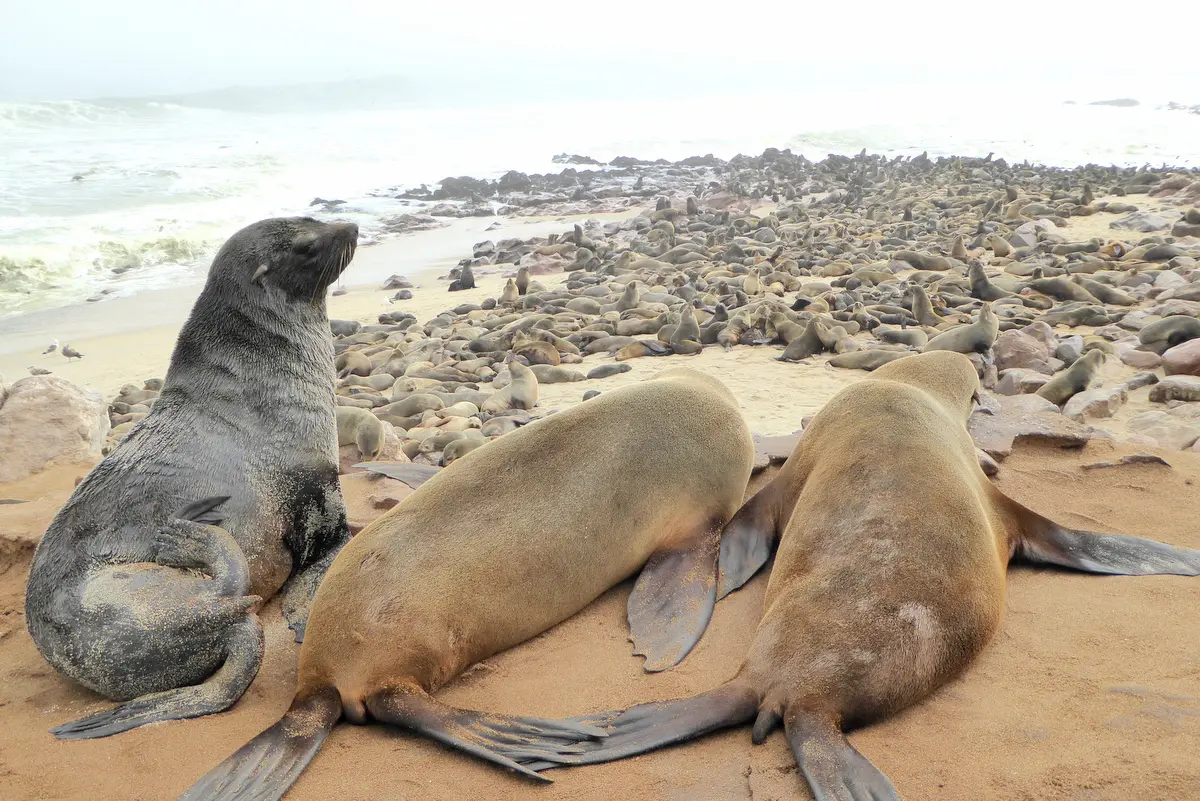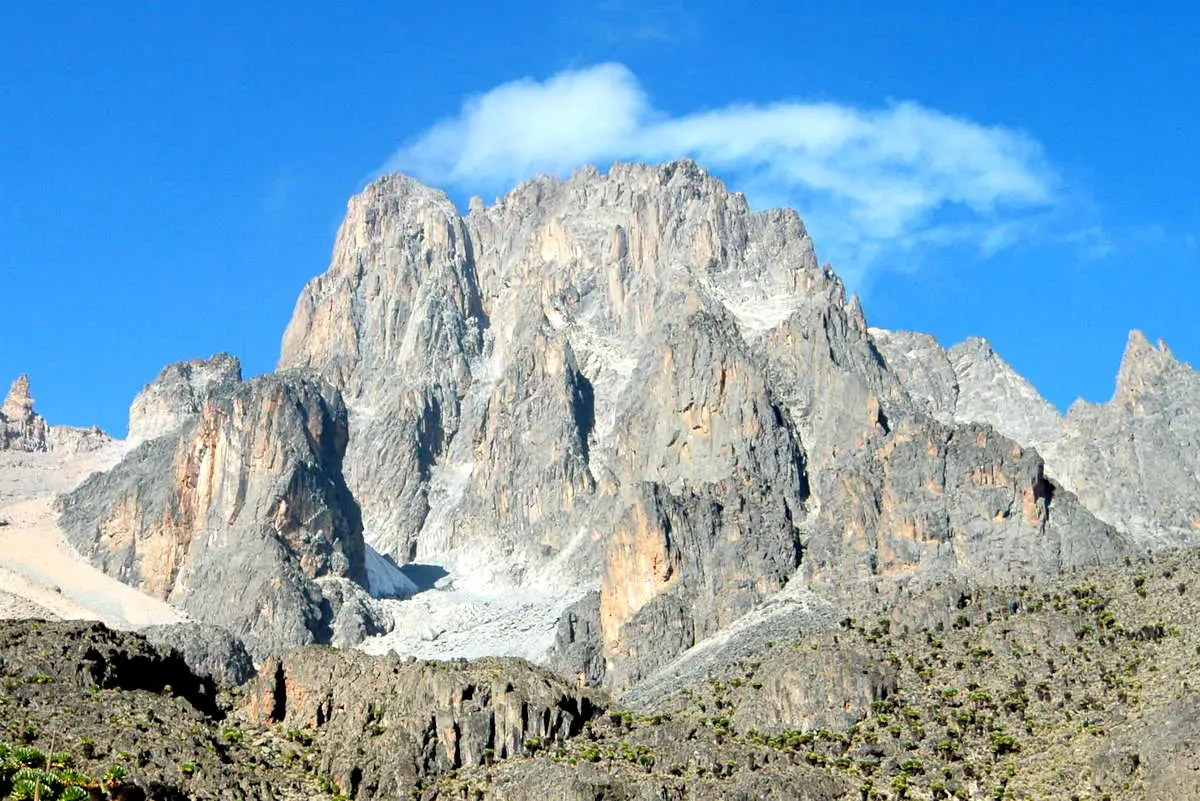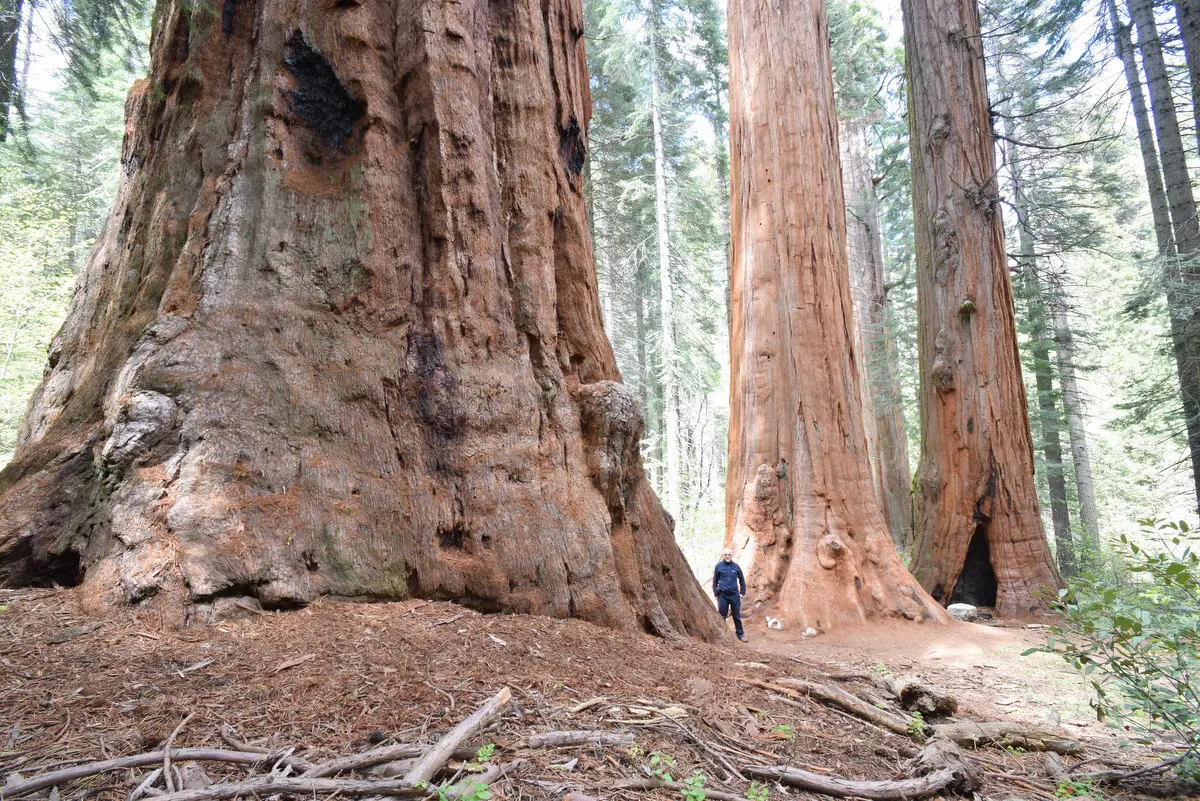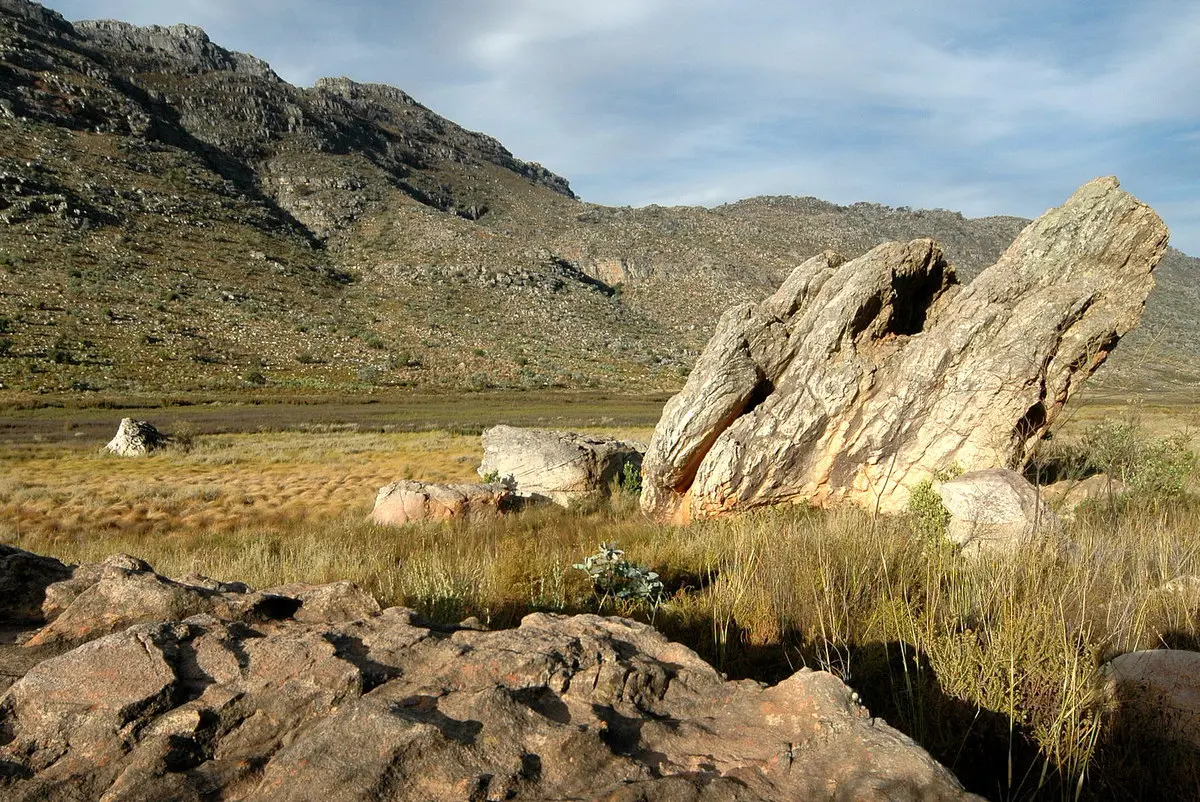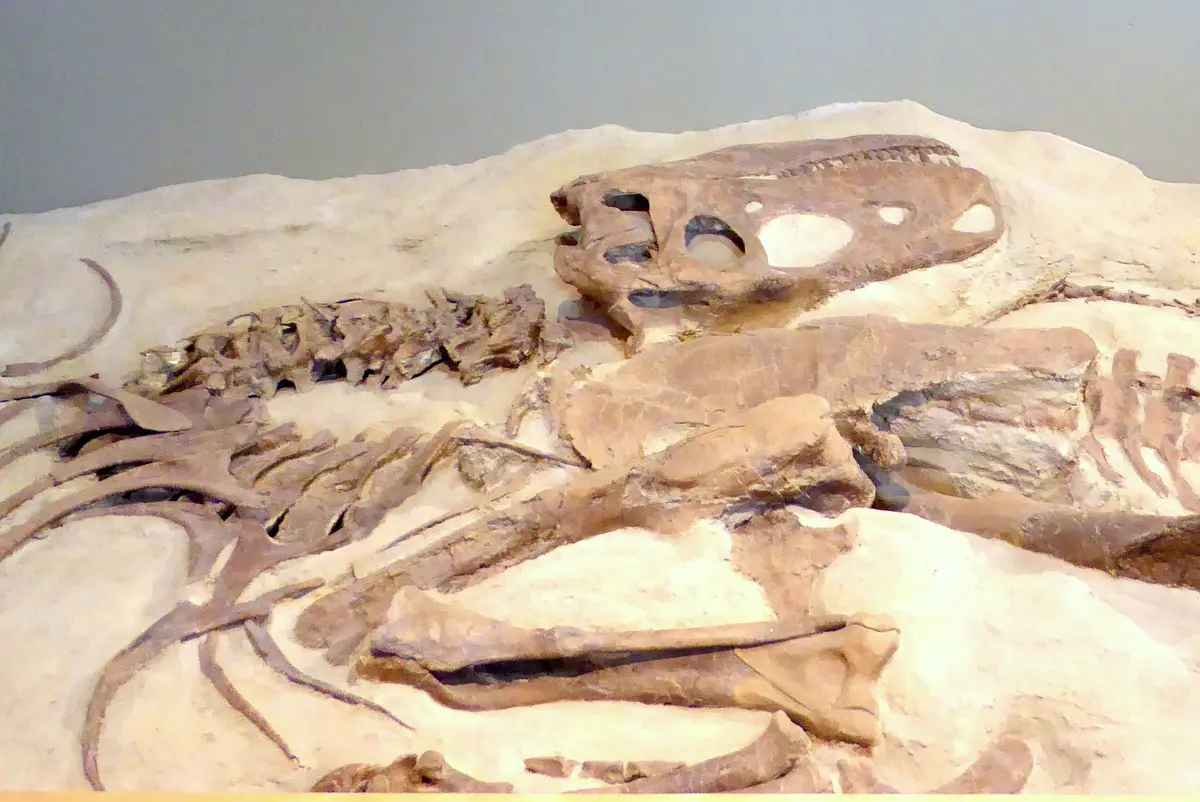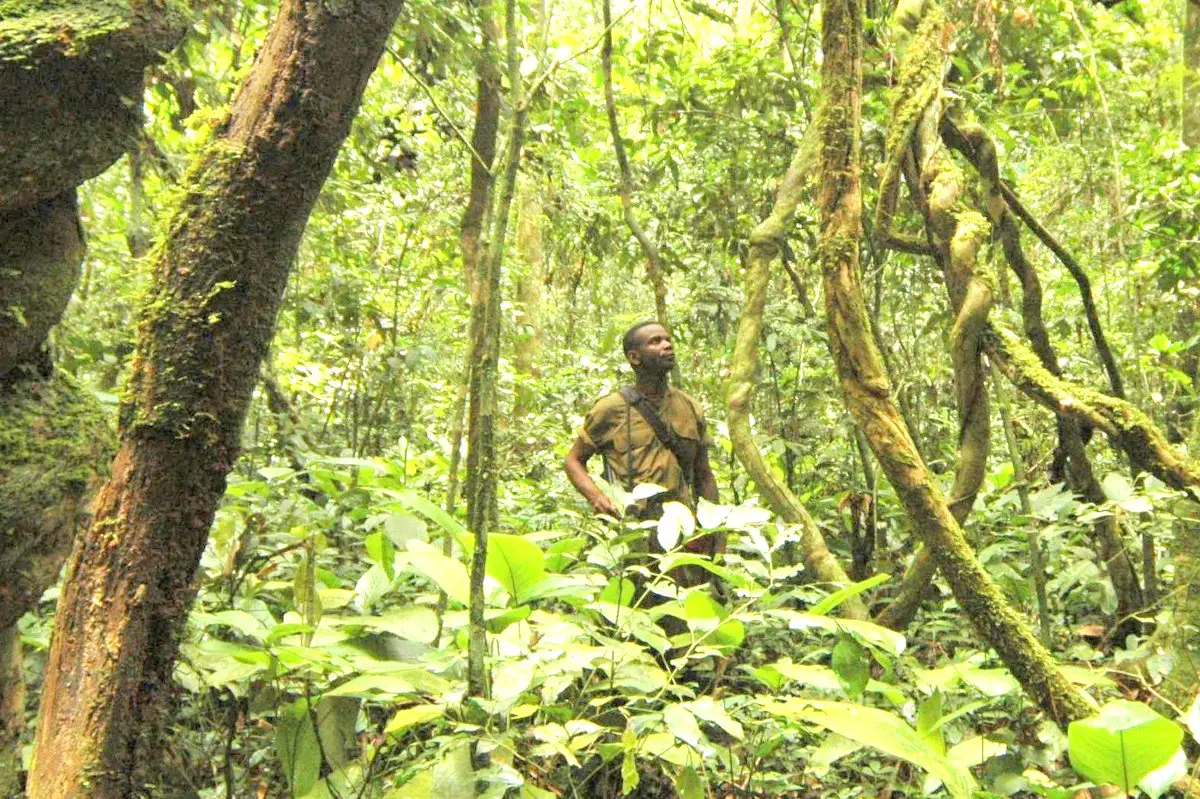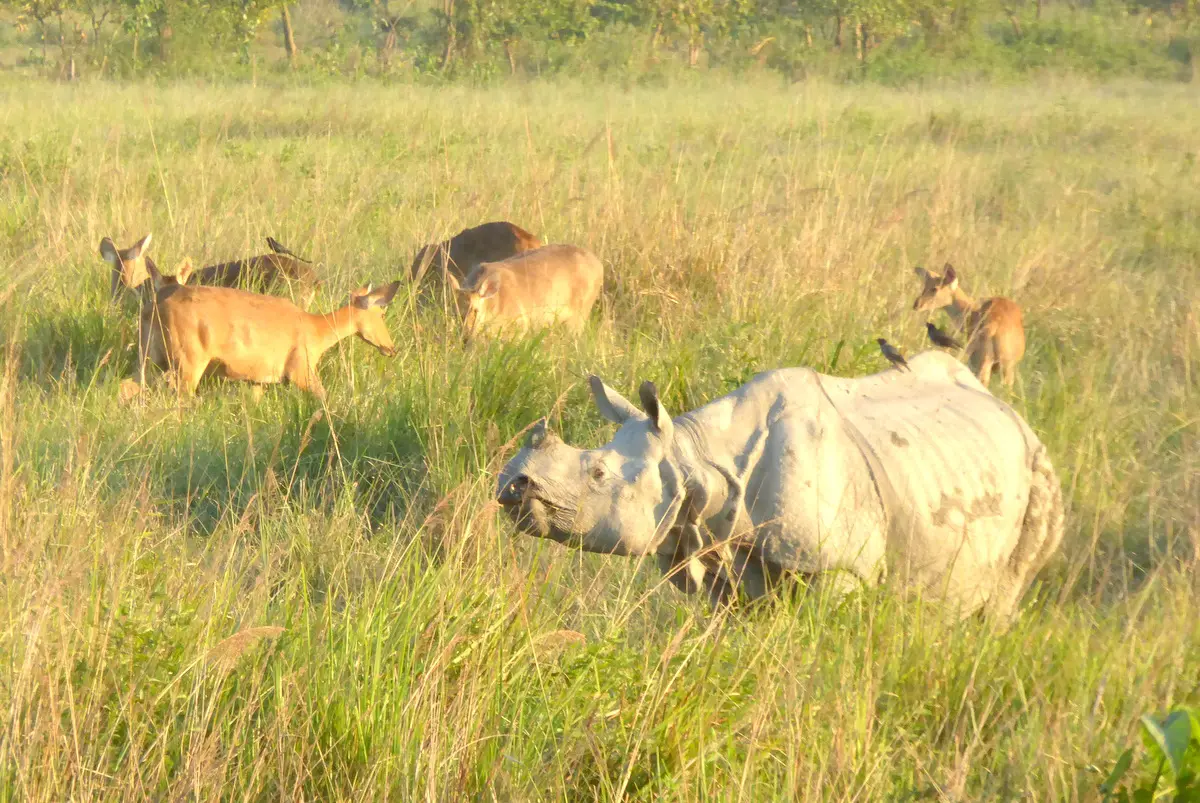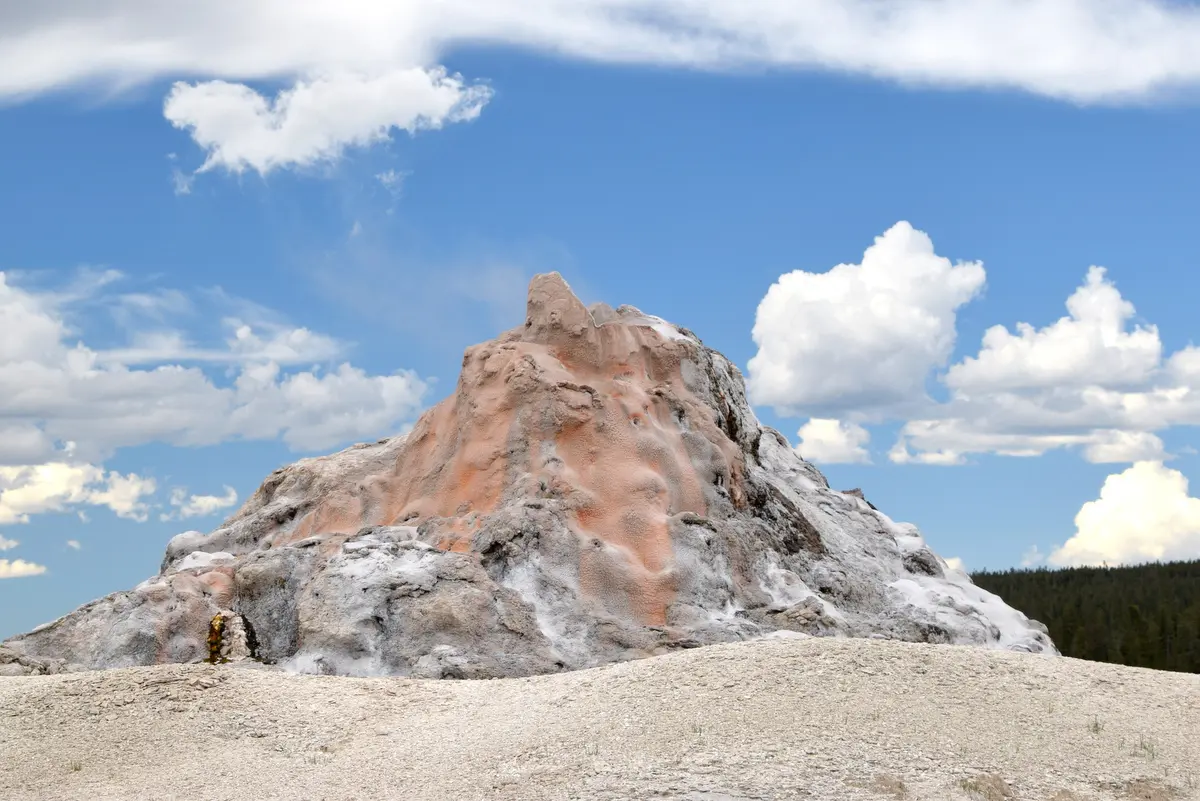Temperate and boreal forests cover about 25% of the Earth’s land surface, mainly in the northern hemisphere. They occur in two broad belts, the more northerly boreal forest belt occupying areas within about 1000 km of the arctic circle. The boreal forest (also known as taiga) merges with tundra in the frozen lands to the north, with temperate forest lying to its south. There are three broad classes of temperate forests, namely temperate coniferous forest (which occurs along North America’s Rocky Mountains and west coast), temperate deciduous forest (which occurs in three main blocks in the eastern United States, most of Europe, and the far eastern parts of Asia) and temperate evergreen forest (which occurs at lower latitudes, with some patches around the Mediterranean and across Asia to southern China in the northern hemisphere, and in coastal areas and mountains of the southern parts of South America, South Africa, Australia and New Zealand).
The colder, northerly, boreal forests are still relatively unaffected by human activities and exist in very extensive pristine condition across wide swathes of North America, Europe, Siberia and other parts of Asia. Some very large areas of boreal forests are inscribed on the world heritage list including Canada’s Wood Buffalo and Nahanni parks, Sweden’s Laponian Area, and Russia’s Putorana Plateau and Virgin Komi Forests. Further south, temperate forests have been subject to quite intense pressure for clearance and conversion to agriculture, but remaining fragments are well represented on the world heritage list. Outstanding examples of temperate coniferous forests on the world heritage list include the Canadian Rocky Mountain Parks, Yellowstone and other mountain areas, while the Redwood parks and temperate rainforests of Olympic National Park are unique coastal variants. Temperate deciduous forests are also well represented by a number of sites in China and Japan, as well as the Great Smokey Mountains in the USA, and four European sites (Bialowieza, Primeval Beech Forests, Durmitor and the Western Caucasus). The more southerly evergreen temperate forests have been more heavily exploited but a few small remaining fragments are recognised on the world heritage list, including the Laurisilva of Madeira, Garajonay in the Canary Islands and Greece’s Mount Athos. The evergreen temperate forests of the southern hemisphere are better represented with two very large areas, one in Australia (Tasmanian Wilderness) and the other in New Zealand (Te Wahipounamu).
‘To learn more about these spectacular places click on the links of featured sites in the table, or the photo tiles below. Note that some site pages are still under development so the links for these places are not yet active.’
Threats and conservation needs: Temperate forests have been cleared extensively for timber and agriculture, leaving relatively few pristine areas, most of which are now protected in some way. The world’s largest trees – the ancient redwoods of America’s west coast – were being cut until quite recently so the only world heritage site in this region necessarily includes areas that have been exploited for timber in the recent past (and would not normally satisfy world heritage ‘conditions of integrity’).
Missing links: Temperate and boreal forests are quite well represented on the world heritage list, with the possible exception of temperate evergreen forests. There may be scope to include new sites covering this forest type (most probably serial nominations) in the Atlas Mountains, the southern Andes and areas of South Africa and the Australian mainland.

